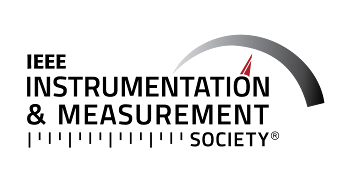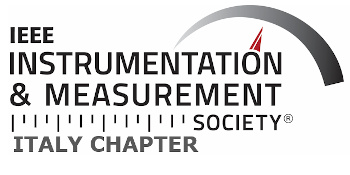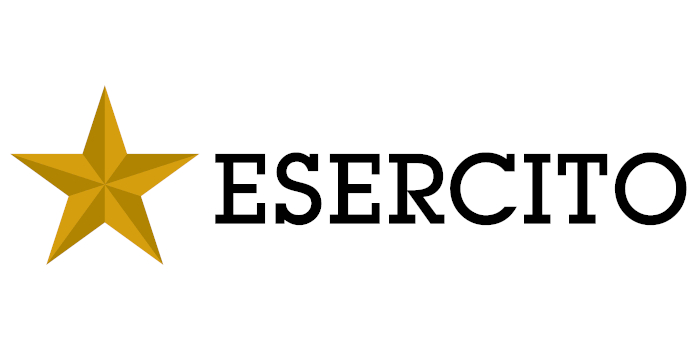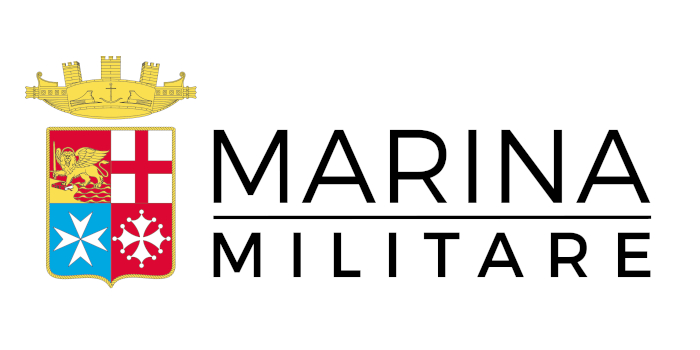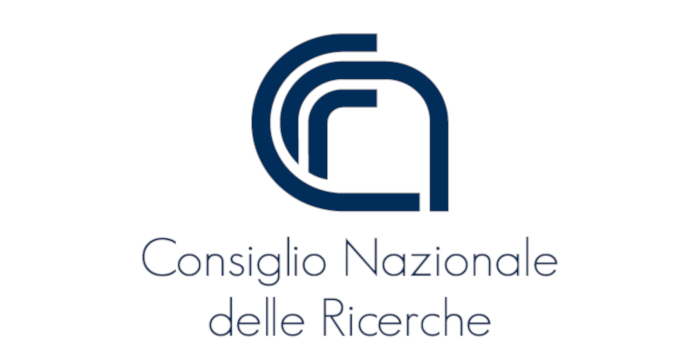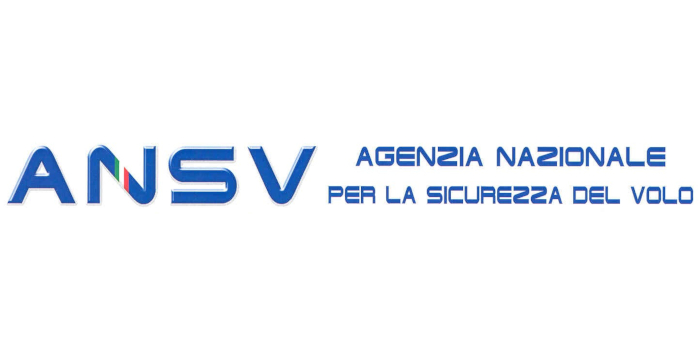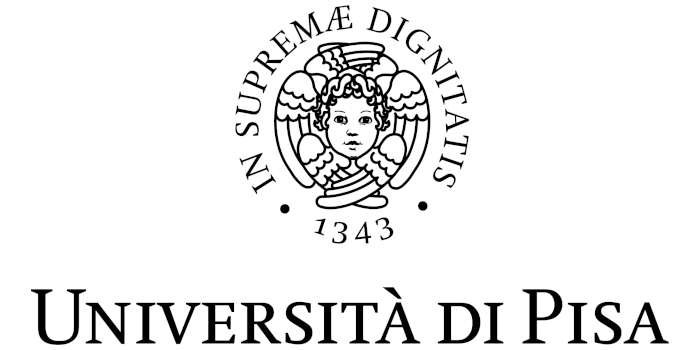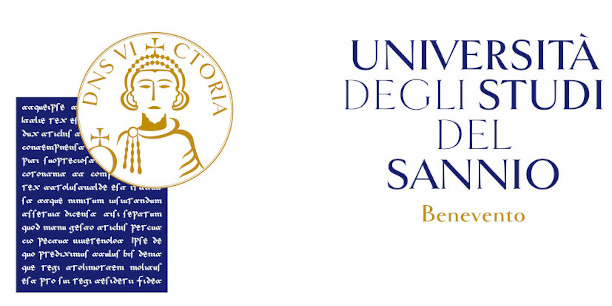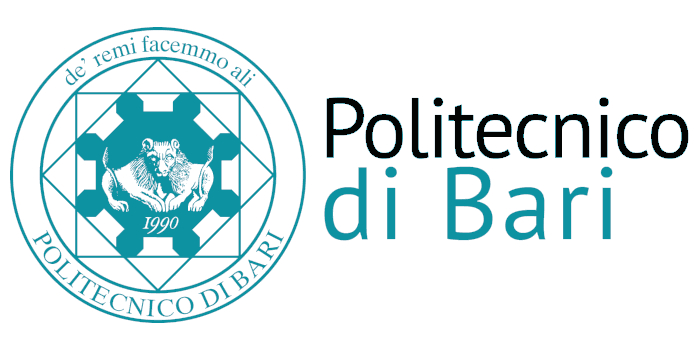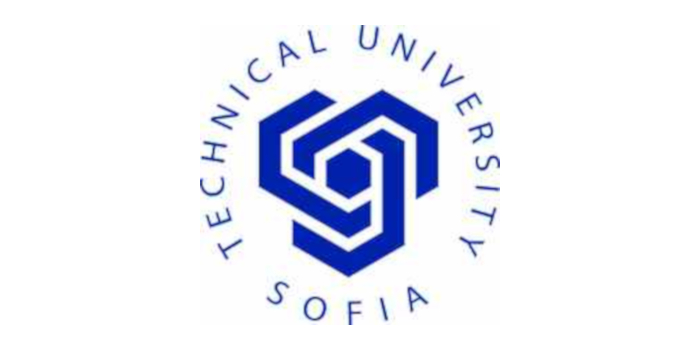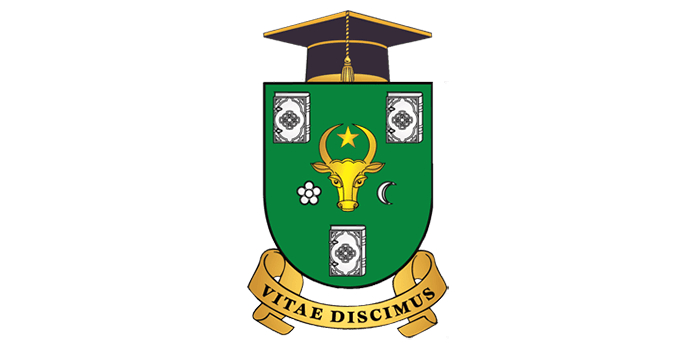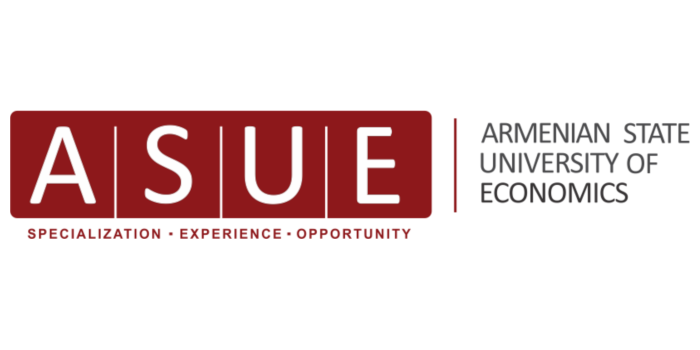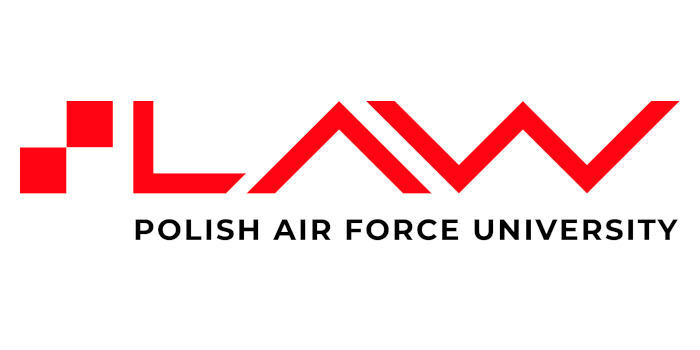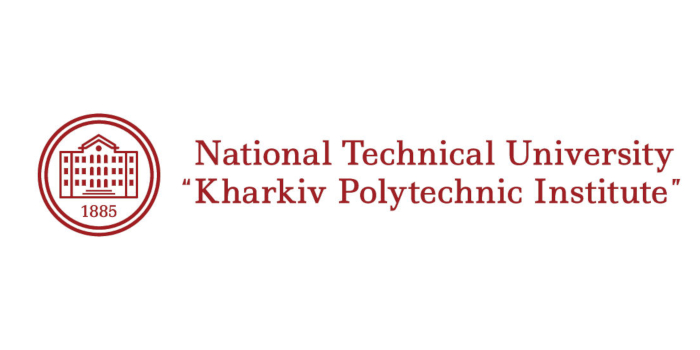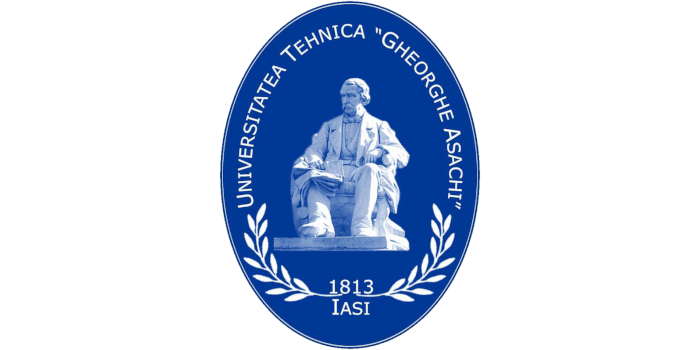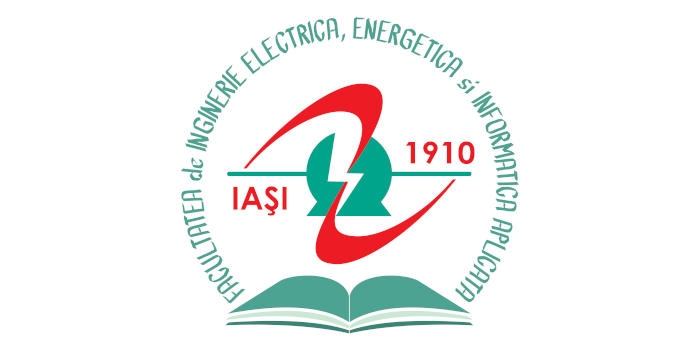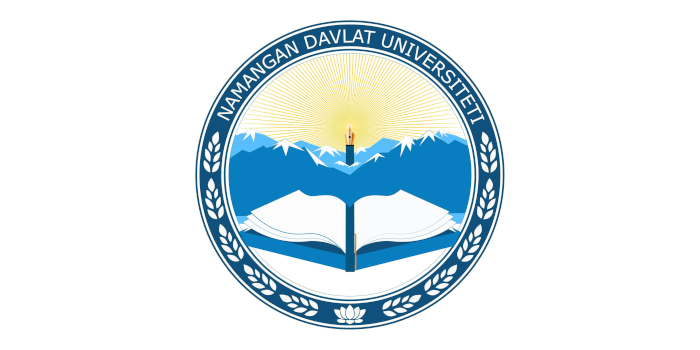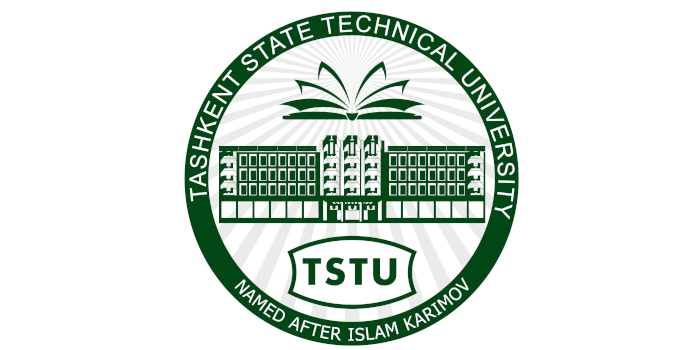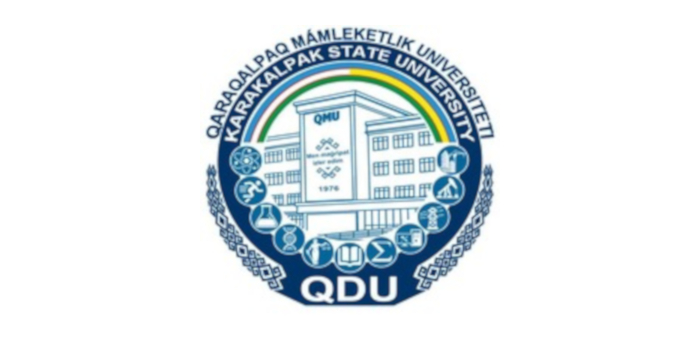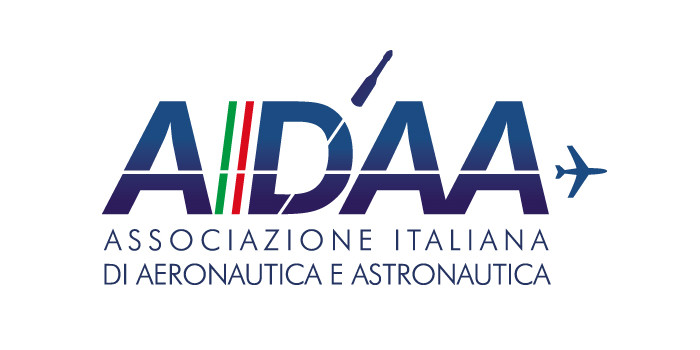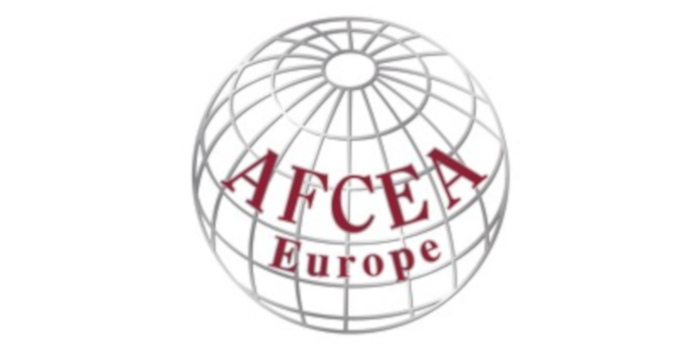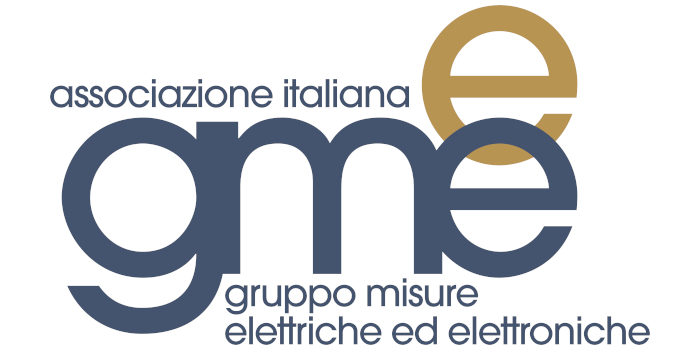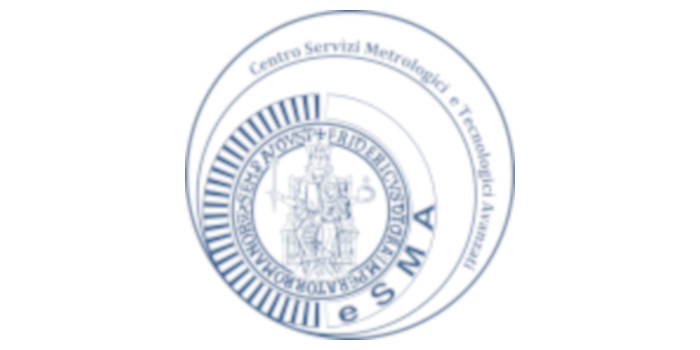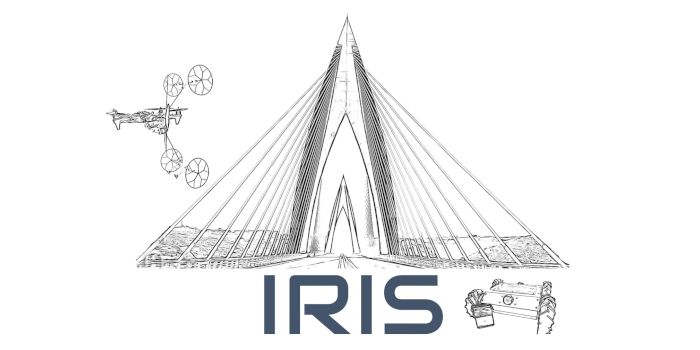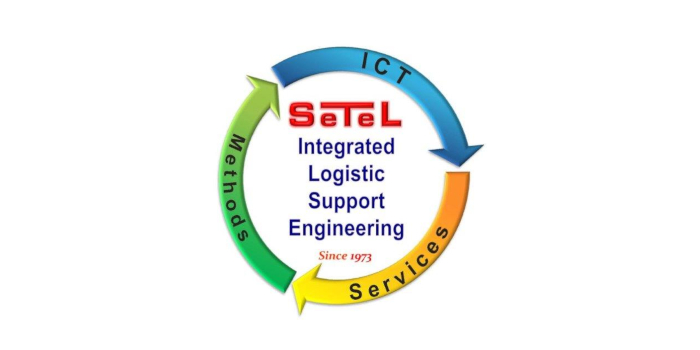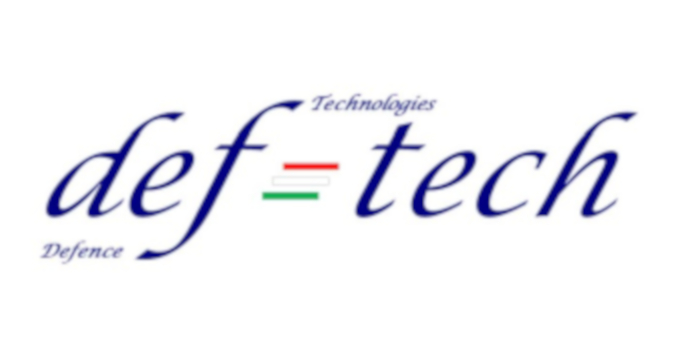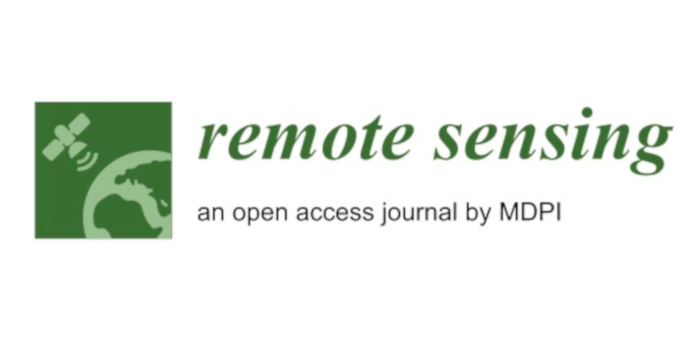New GNSS Space Services (GNS4) for the next generation space users
ORGANIZED BY
Francesco Menzione
European Commission Joint Research Center , Ispra
ABSTRACT
Spaceborne GNSS applications flying in the early future will already benefit of the so-called 2nd generation Space Service Volume (SSV). Actually, the current system capabilities (i.e. extended SSV) and upcoming new services (i.e. high accuracy, authentication, improved Navigation messages, etc.) are enabling advanced solutions, like P2OD or robust navigation for high and complex orbit scenarios, in the standard GNSS space application. This makes more and more GNSS is addressed as the key enabling technology for the upcoming mission concepts (i.e. satcom mega-constellation, alternative PNT, autonomous orbit rising, …) and applications (i.e. debris identification, high precision atmosphere sounding, …). Such next generation space users might probably benefit from further evolution of the GNSS system e.g. providing specialized data to be broadcasted and/or new capabilities/signals somehow optimized for the use in space.
Starting from the review and verification of the effective deployment of the 2nd generation GNSS space services and all relevant tools allowing to validate it, this session will also aim at identifying the way forward and design drivers to support the evolution of GNSS system in order to support the 3rd generation of space users.
In summary, the session aims at providing an overview of:
- The state of the art of missions and systems that can benefit from the GNSS modern capabilities with respect to space applications
- Activities carried out to monitor or improve the effective deployment of the GNSS Space Service Volume
- The possible way forward for the future GNSS Space Services (signals, messages, data) potentially addressing the space user needs from 2nd to 3rd generation
According to figure above, the possible contributions can be grouped in the following areas of investigation:
1) Modern GNSS system capabilities for the next generation space applications
The section relies on the analysis of the new GNSS signal and navigation services (high accuracy, authentication, modernized signals and navigation messages, etc.) with respect to current/future space applications (from low to very high orbits). The analysis includes user segment solutions developed for an effective exploitation of such system capabilities, i.e. novel space-borne receiver architectures, new signal processing techniques and advanced orbit determination solutions (P2OD, high sensitivity, etc.).
2) Next generation space applications exploiting GNSS Space Service
This includes a review of:
a) the 2nd generation space application which benefit of GNSS system. They mainly rely on missions powered by P2OD (i.e. Earth observation, formation flying etc.), high sensitivity/aiding techniques (i.e. high orbit navigation), reflectometry and occultation sounding.
b) the 3nd generation space application which benefit of GNSS system. This includes management and support of huge space based infrastructure like satcom mega-constellations, synergies with other space based PNT infrastructures (i.e. LEO-PNT), orbit control and collision avoidance, reflectometry based debris detection.
3) GNSS SSV characterization
This includes all activities that have been performed by different organizations in order to better understand or improve knowledge about effective or achievable GNSS system performance for the different space applications. The category extends to the systems specifically conceived for space service volume parameter monitoring (i.e. EIRP, biases, etc.) and space user performance prediction.
4) Next Generation GNSS Space Services
This includes all the analysis targeting new space user needs and way forward for GNSS capabilities enhancement or/and introduction of new features. Starting from the limits of the current system architectures, new parameters broadcasting as well as new GNSS infrastructure design drivers can be considered for this scope.
ABOUT THE ORGANIZER
Francesco Menzione, after the Aerospace Engineering MSc achieved in Napoli (Federico II) in 2012, I started working as GNC engineear and spaceborne GNSS units responsible in Thales Alenia Space in Rome (TAS-I). Over the years I had the opportunity to work from the design up to the space qualification of several space programs ( Sentinel-1 B/C, Cosmo2G, Galileo Second Generation, PRIMA platforms, etc) as concern development and deployment of the on-board navigation and orbit control subsystem (AOC&N), qualification and integration of the GNSS avionic units ( Lagrange-2 , Marconi, Ruag-Podrix) and ground based precise orbit determination (Fucino, Pratica di Mare, PDGS). In the meanwhile I started and concluded in December 2017 my Ph.D. in Aerospace Engineering achieved in Napoli ( Federico II). The activity was performed in deep synergy with my work as technical leader for TAS-I internal R&D projects and ESA/EU/ASI studies (GENESIS, Galileo2G phase A&B,PLATINO, etc. ) spanning from real time navigation in harsh scenarios (data-fusion and hybridization tecniques, tightly coupled GNSS architecture, adaptive and robust kalman filtering) up to space mission and control applications ( high altitude and low thrust autonomous orbit rising , formation flying etc.). After supporting different aerospace companies as navigation and control software engineering (i.e. OHB NAOS AOC SW, ASI VINAG), I approached to the European Commission Joint Research Center as Space Programme Policy and Scientific officer covering space-borne navigation, GNSS radio-occultation, GNSS ionospheric monitoring and timing/calibration applications promoted by European Customer (EUSPA, DEFIS) and collaborating with ESA/GSA.



